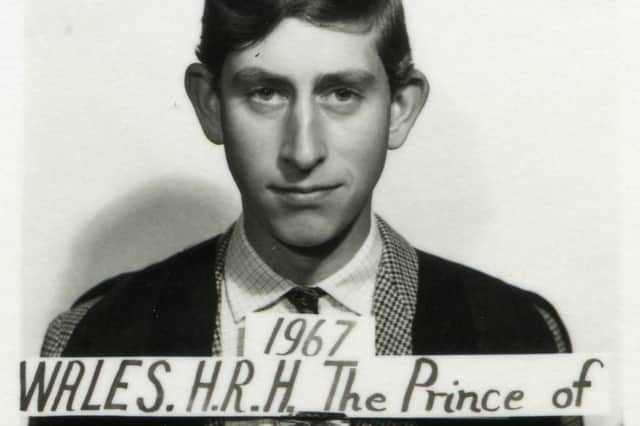King Charles III: A photograph taken of the King for his matriculation at the University of Cambridge has been released


A photograph taken of the King for his matriculation at the University of Cambridge has been released for the first time.
Trinity College, Cambridge, where Charles studied for three years, shared the picture of the 18-year-old prince taken in October 1967, ahead of the coronation next week.
Advertisement
Hide AdAdvertisement
Hide AdThe postage-stamp sized portrait shows Charles in the college's 17th century Wren Library, with a note reading "Wales HRH, The Prince of".
It has been preserved in Trinity College's archives since it was taken 56 years ago.
Trinity Fellow Professor Adrian Poole, a contemporary of Charles, said: "For virtually all of us, it was our first time in the Wren Library.
"We were overawed and a bit intimidated. Were we in the right place? So many books. Busts of Cicero and Marcus Aurelius. A statue of Byron.
"A prince more or less scarcely seemed out of place."
Charles studied archaeology and anthropology in his first year and then history for two years, graduating in 1970 with a 2.2.
Matriculation marks a student's entry into the university, when they agree to observe the statutes and ordinances of the institution.
They are then admitted into their chosen college from the 29 Cambridge colleges taking undergraduate students.
As well as being photographed in a gown for the admissions record, Charles also signed the college's admission book alongside his fellow students.
His name is noted as "Charles, Philip, Arthur, George Prince of Wales" with his father's name "Prince Philip, Duke of Edinburgh", and present residence simply "Buckingham Palace, London".
Comments
Want to join the conversation? Please or to comment on this article.